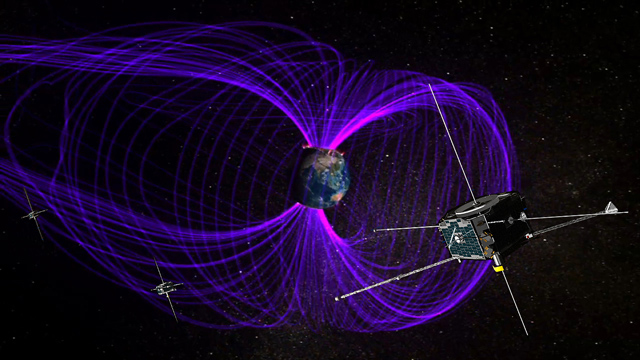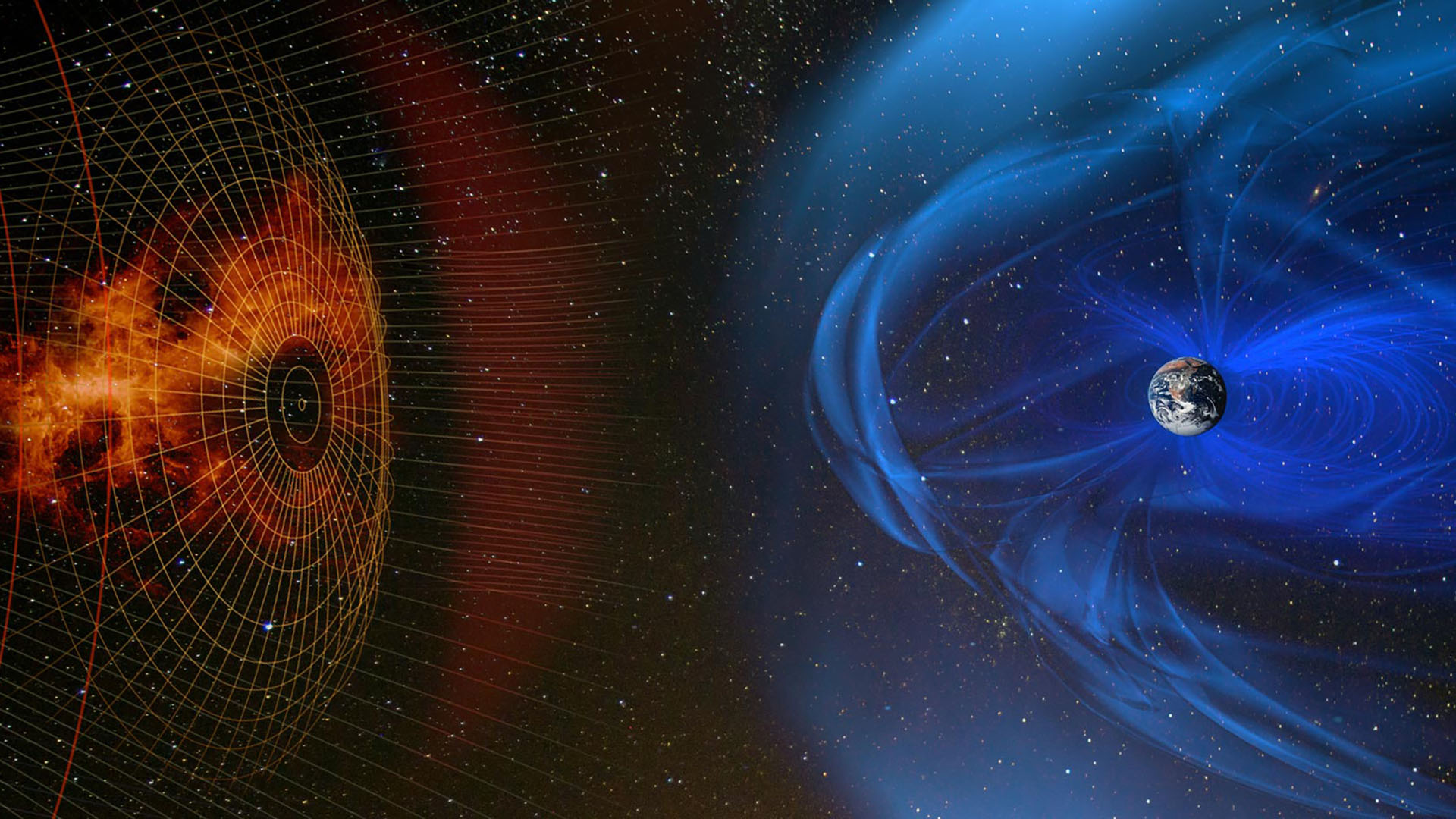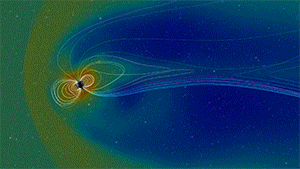Thank you to all our volunteers! We're ending the main data collection phase for HARP on January 22, 2024. If you'd like your marks to be included in our analysis, please make them by January 22.
Get Involved
We invite you to join the HARP Citizen Science team and engage in cutting edge research of real satellite data! Use our open-source tool to reveal the hidden depths and structure of space, much like sonar is used to probe the deep ocean.
We need your help to explore the data, there is too much for us to do alone. By converting this data into sound and listening with your ears, the brain can pick out complex wave patterns much faster than by eye.
With a little training, a human volunteer can detect meaningful sounds that a computer doesn't yet know how to search for, and you just may find something no one has heard or seen before!
Listen and analyze the sound samples online, then submit your findings for scientists to analyze and verify.
HARP Project Overview
What is space made of? It's definitely not a perfect vacuum... It's filled with charged particles, electrons and ions.
These particles stream out from the Sun, making up the solar wind (left). When the particles approach Earth, our planet's magnetic force field mostly pushes them out of the way. But our magnetic shield isn't perfect or static, it's always changing in wave-like motions (right).

Different types of space waves are analogous to vibrations in air made by musical instruments, like a drum head, flute, or guitar string, with each occuring in specific regions around Earth (picture at left adapted from Zong et al., 2008). The motion of invisible charged particles and their accompanying electromagnetic fields can be converted to sound, known as audification. The first goal of the HARP project is to analyze ultra-low frequency (ULF) waves, which travel like standing waves along a harp string.
Using magnetic field measurements from NASA's THEMIS-ARTEMIS satellites (right), the data are unmodified except for being sped up using a computer algorithm so that the vibrations are brought within the range of human hearing. Thus a day of data is compressed into about 4 seconds. In the future, we plan to expand to use data from additional satellite missions to study many different kinds of waves.
Click here for a more detailed science overview.



